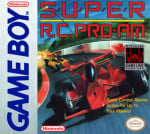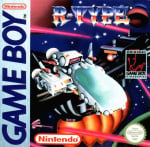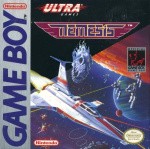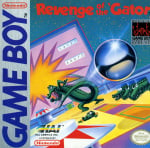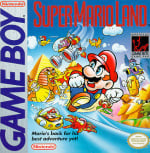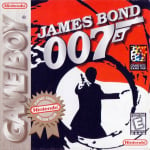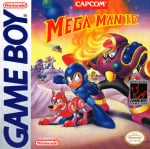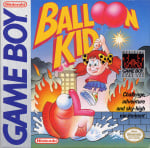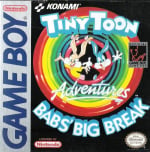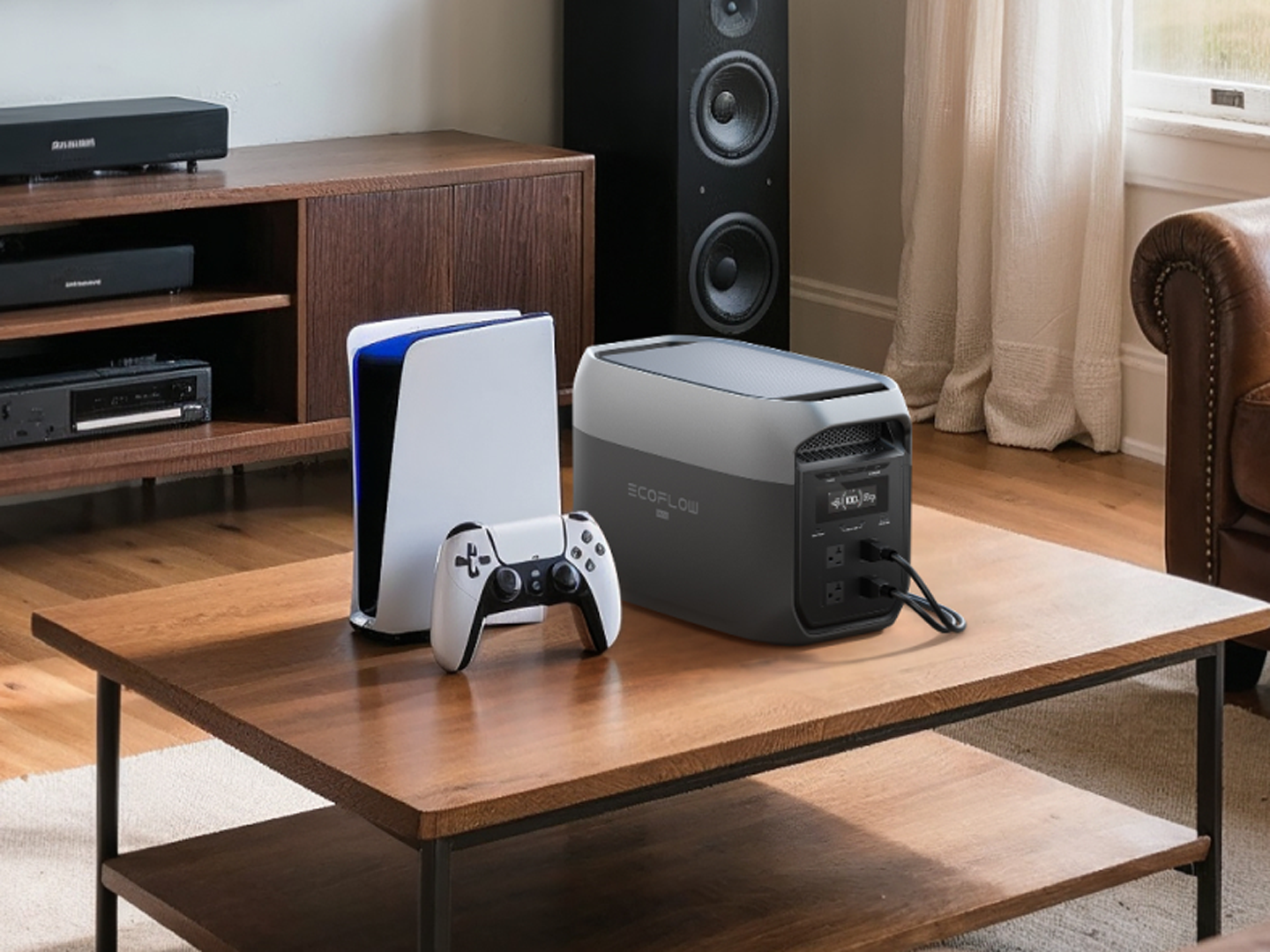
Friday 21st April 1989 — the day that the Game Boy launched in Japan. 35 years ago the video gaming landscape would be forever changed as Nintendo opened up the new frontier of portable gaming to the masses. The company’s Game & Watch line let you take limited gaming experiences on the go, but the Game Boy was a different beast entirely.
The 8-bit machine with the 160×144 pixel LCD screen might have been modest in the specs department, but it was just powerful enough to offer deep gaming experiences, with the best examples rivalling those on home consoles. More importantly, its limitations proved to be strengths in the long run; that blurry monochrome screen used significantly less power than a backlit colour equivalent, and therefore gave the portable decent battery life – an essential factor to consider when your handheld relies on AA batteries to function away from a wall socket.
Gunpei Yokoi’s design philosophy – using proven, inexpensive components in new and interesting ways – continued through Nintendo’s handheld line
Primarily the work of Satoru Okada and Gunpei Yokoi, the console was designed to a specific price point and goal; to be a practical portable device. Rival companies got carried away with the technical possibilities and contemporary handheld consoles with far superior specs fell by the wayside as Game Boy marched on. Gunpei Yokoi’s design philosophy – using proven, inexpensive components in new and interesting ways – continued through Nintendo’s handheld line and carried over to its home consoles with Wii. The Switch itself, and novel experiments such as Labo VR, show that this approach continues to keep the Kyoto company in rude health.
Of course, it’s software which makes or breaks any console and the humble Game Boy could never have endured so long without its catalogue of incredible games. Obviously, it had the archetypal killer app in Tetris, and many still insist it’s the finest version of Alexey Pajitnov’s puzzler. The story of its convoluted journey to the console is well worth investigating – a thrilling combination of guile, subterfuge and blind luck that went on to shape Nintendo and the video game industry at large.
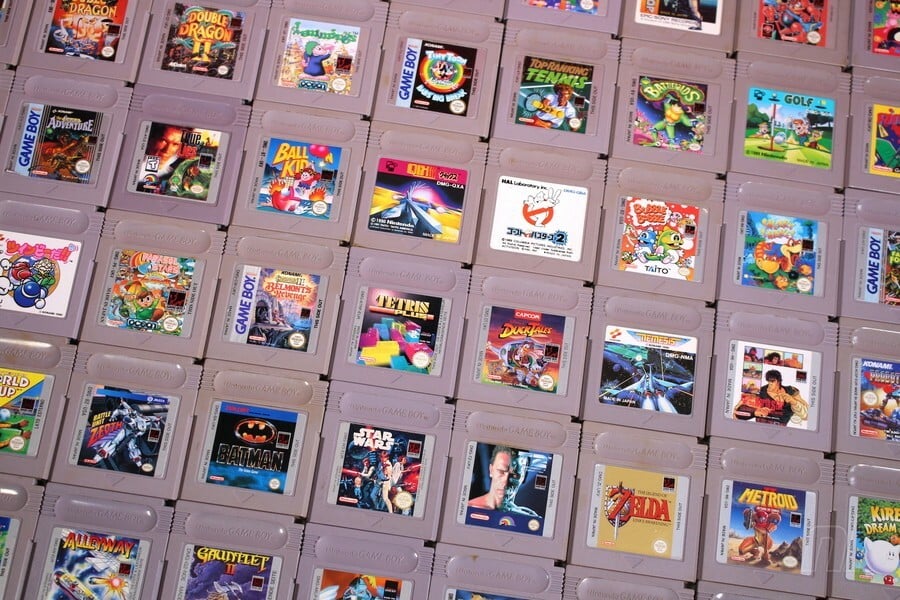
Any video game company would be overjoyed to have a game with half the appeal of Tetris on its books, but after seven years – when you’d expect the console to be winding down – the Game Boy got the biggest second wind in video game history with the Japanese release of Pokémon Red & Green in 1996. A smaller, lighter revision of the hardware, the Game Boy Pocket, also arrived that year, and the console’s true successor – the Game Boy Color – would launch worldwide two years later alongside the western release of Pokémon. Although this marked a transition away from the OG hardware, the Game Boy line continued to enjoy almost 100% backwards compatibility up until the Micro variant of the Game Boy Advance in 2005.
While Tetris and Pokémon were the system sellers, there’s a vast library of games released for the system
While Tetris and Pokémon were the system sellers, there’s a vast library of games released for the system. The following list showcases the very best titles. You’re sure to find lots of ‘lands’ here — someone at Nintendo HQ decreed that the diminutive handheld simply couldn’t contain massive ‘worlds’, so Super Mario Land ushered in an era of ‘Land’ games from the likes of Kirby, Donkey Kong and Wario.
As with our list of the 50 best Switch games and other Nintendo console Top 50 lists, the ranking here is governed by the game’s user rating on this very site. Logged-in users can interact and rate the titles directly on these pages by hovering over the rating, or alternatively from each game’s page. To be clear, the games listed here are for the original Game Boy only — there are no backwards compatible ‘black cart’ Game Boy Color games included (unless they happened to also receive a separate release for the original). If it says ‘Game Boy Color’ on the box, you won’t find it below!
Can’t see your favourite on the list? Use the handy search bar below to find Game Boy games and input your own ratings. Already rated your collection? Let’s dive in…
Note. In order for games to become eligible, they need a minimum of 30 User Ratings in total.
Friday 21st April 1989 — the day that the Game Boy launched in Japan. 35 years ago the video gaming landscape would be forever changed as Nintendo opened up the new frontier of portable gaming to the masses. The company’s Game & Watch line let you take limited gaming experiences on the go, but the Game Boy was a different beast entirely.
The 8-bit machine with the 160×144 pixel LCD screen might have been modest in the specs department, but it was just powerful enough to offer deep gaming experiences, with the best examples rivalling those on home consoles. More importantly, its limitations proved to be strengths in the long run; that blurry monochrome screen used significantly less power than a backlit colour equivalent, and therefore gave the portable decent battery life – an essential factor to consider when your handheld relies on AA batteries to function away from a wall socket.
Gunpei Yokoi’s design philosophy – using proven, inexpensive components in new and interesting ways – continued through Nintendo’s handheld line
Primarily the work of Satoru Okada and Gunpei Yokoi, the console was designed to a specific price point and goal; to be a practical portable device. Rival companies got carried away with the technical possibilities and contemporary handheld consoles with far superior specs fell by the wayside as Game Boy marched on. Gunpei Yokoi’s design philosophy – using proven, inexpensive components in new and interesting ways – continued through Nintendo’s handheld line and carried over to its home consoles with Wii. The Switch itself, and novel experiments such as Labo VR, show that this approach continues to keep the Kyoto company in rude health.
Of course, it’s software which makes or breaks any console and the humble Game Boy could never have endured so long without its catalogue of incredible games. Obviously, it had the archetypal killer app in Tetris, and many still insist it’s the finest version of Alexey Pajitnov’s puzzler. The story of its convoluted journey to the console is well worth investigating – a thrilling combination of guile, subterfuge and blind luck that went on to shape Nintendo and the video game industry at large.

Any video game company would be overjoyed to have a game with half the appeal of Tetris on its books, but after seven years – when you’d expect the console to be winding down – the Game Boy got the biggest second wind in video game history with the Japanese release of Pokémon Red & Green in 1996. A smaller, lighter revision of the hardware, the Game Boy Pocket, also arrived that year, and the console’s true successor – the Game Boy Color – would launch worldwide two years later alongside the western release of Pokémon. Although this marked a transition away from the OG hardware, the Game Boy line continued to enjoy almost 100% backwards compatibility up until the Micro variant of the Game Boy Advance in 2005.
While Tetris and Pokémon were the system sellers, there’s a vast library of games released for the system
While Tetris and Pokémon were the system sellers, there’s a vast library of games released for the system. The following list showcases the very best titles. You’re sure to find lots of ‘lands’ here — someone at Nintendo HQ decreed that the diminutive handheld simply couldn’t contain massive ‘worlds’, so Super Mario Land ushered in an era of ‘Land’ games from the likes of Kirby, Donkey Kong and Wario.
As with our list of the 50 best Switch games and other Nintendo console Top 50 lists, the ranking here is governed by the game’s user rating on this very site. Logged-in users can interact and rate the titles directly on these pages by hovering over the rating, or alternatively from each game’s page. To be clear, the games listed here are for the original Game Boy only — there are no backwards compatible ‘black cart’ Game Boy Color games included (unless they happened to also receive a separate release for the original). If it says ‘Game Boy Color’ on the box, you won’t find it below!
Can’t see your favourite on the list? Use the handy search bar below to find Game Boy games and input your own ratings. Already rated your collection? Let’s dive in…
Note. In order for games to become eligible, they need a minimum of 30 User Ratings in total.

Publisher: Konami / Developer: Konami
A side-on motocross platforming game from Konami, Motocross Maniacs blends classic Excitebike-style controls with tricky courses to negotiate that position it as a precursor to Ubisoft’s Trials games. The simple but addictive gameplay suits the handheld very well, although it’s a shame that the cartridge’s lack of onboard memory means your best times are lost every time you switch the console off. Still, this is a very fun way to pass an hour or two.

Publisher: Nintendo / Developer: Rare
Nominally an update of Rareware’s original NES game, Super R.C. Pro-Am did an excellent job of scaling down the isometric perspective racing onto the Game Boy’s monochrome display. Sure, the blur and size of that screen made racing a little more challenging, and the gameplay could quickly get repetitive, but it still delivered some nail-biting multiplayer contests with up to three friends and link cables.

Publisher: Irem / Developer: B.I.T.S.
As with any port to the Game Boy, cuts are inevitable, but this still delivers an authentic R-Type experience. A slower speed, fewer enemies on screen and the omission of two levels make for an easier version. However, this port still manages to provide a challenge and it works well on the hardware it was designed for, with good controls and clear visuals. It may be a shorter gaming experience on the Game Boy, but it’s still a very good one.

Publisher: Ultra Games / Developer: Konami
This game was renamed Gradius when it appeared in colour form on the Konami GB Collection Vol. 1, but this first Game Boy version kept the original Japanese name in all territories. A seminal shooter, this portable port was a little marvel back in 1990.

Publisher: Nintendo / Developer: HAL Laboratory
Published by Nintendo in Europe, HAL Laboratory’s Pinball: Revenge of the ‘Gator may lack the refinements showcased by modern pinball games, but that doesn’t mean it should be ignored. Splitting the table across four separate screens, the titular ‘gator waits at the bottom of the table to devour any balls that drop. Ahem.
The simple nature of the tables means you can give high-score chasing your full, undivided attention without being waylaid by distractions, and the ball physics in this ’89 Game Boy title are respectable enough to ensure you don’t lose any games through anything but your own fault. HAL’s effort may have been improved upon over time, but Revenge of the Gator is still an appealing and addictive pinball outing.

Publisher: Nintendo / Developer: Nintendo R&D1
Super Mario Land was an impressive accomplishment in 1989. The sequel might have made this first shot at translating the plumber’s platforming to the overworked, underpowered handheld seem quaint by comparison, but it’s still a fun Super Mario experience, albeit a short one. Crafted by Gunpei Yokoi’s R&D1 rather than Shigeru Miyamoto’s team, it’s a surreal yet compelling take on the template which takes some adjusting to nowadays. And just when things are really getting good, the credits roll.
If you haven’t played Super Mario Land before, you owe it to yourself to try this — it’s worth playing through at least once to see where Mario’s portable adventures began. Cracking music, too.

Publisher: Nintendo / Developer: Saffire
There are a few problems such as invisible barriers blocking bullets, and visually it’s not the most ambitious Game Boy game, but the simple look works well, as does the music in this 8-bit take on ol’ JB. James Bond 007 is an exciting, fun little game that provides plenty of pocket-sized entertainment.
We’re also suckers for its classic gun barrel, blood-soaked cover. Diwww-di-di-diw diwwwww diw-diw-diw…

Publisher: Capcom / Developer: Capcom
Mega Man IV improves on its source material to an unbelievable degree considering the hardware its running on. Alternate routes, optional pickups, a store system, completely redesigned levels and the meatiest Wily experience yet in the handheld series make this an unfairly overlooked outing for the Blue Bomber. This was the last of the Mega Man handheld games to remix stages and elements from the NES titles, but it’s a brilliant end to that series before the following game branched out into something new altogether.

Publisher: Nintendo / Developer: Nintendo R&D1
Sequel to the NES game Balloon Fight, Balloon Kid isn’t without its charms, but those charms are undeniably superficial: the graphics are nice and the music is fun, and the nods to Balloon Fight are all worth a smile, but there’s not a huge amount of depth. That said, it nails the mechanics of the original game and expands on its endlessly replayable Balloon Trip mode, making it ideally suited as a portable experience.

Publisher: Konami / Developer: Konami
A fabulous portable cartoon platformer, Tiny Toon Adventures: Babs’ Big Break is another example of a fine licenced game with excellent audio and solid visuals on the Game Boy. The charm of Tiny Toons might be the thing that grabs your attention, but the gameplay is remarkably good and Konami once again demonstrates why we’re so sad they don’t really make video games any more. Looney, indeed.


